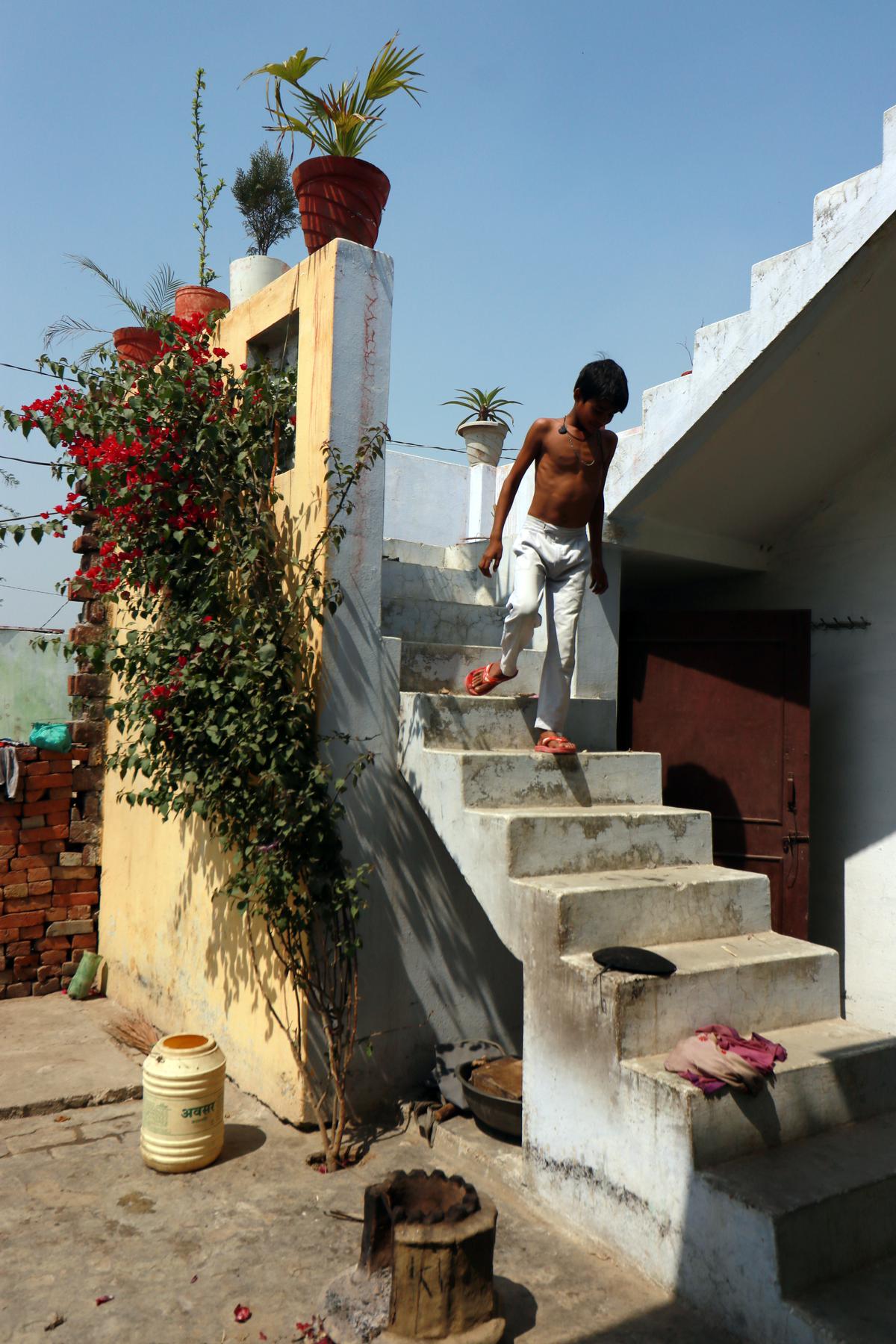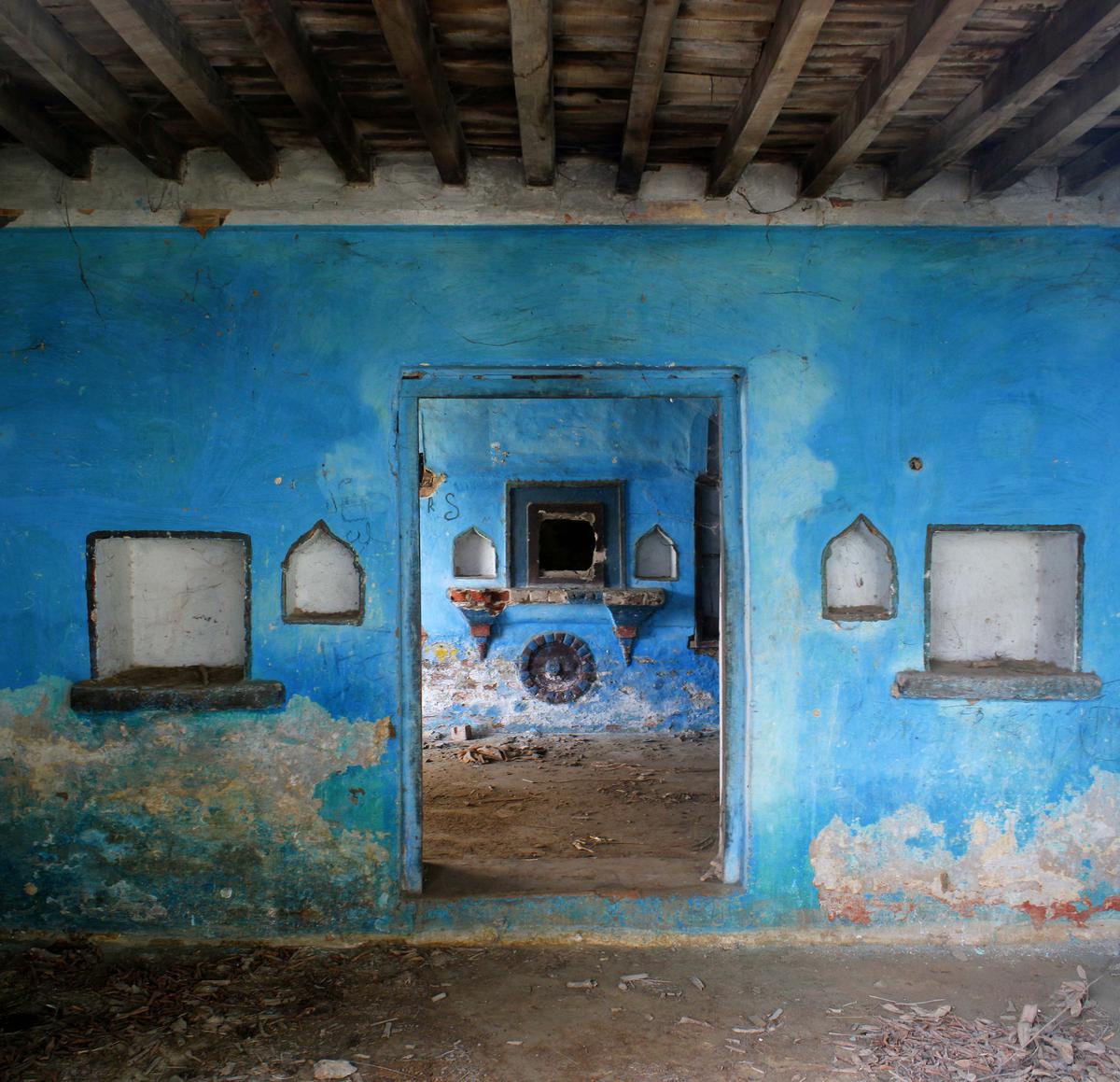It takes compassion and human touch to correct the mistakes made, says Sandeep Virmani of Hunarshala Foundation
It takes compassion and human touch to correct the mistakes made, says Sandeep Virmani of Hunarshala Foundation
In 2013, Muzaffarnagar in Uttar Pradesh experienced one of the worst communal riots in recent history. Some 62 people died and more than 50,000 were displaced. Hunarshala Foundation helped resettle around 250 families who could not return to their native villages. It was a challenging project for the non-profit organization, which has been working with communities in the housing and infrastructure sectors for over 20 years. Muzaffarnagar Diaries: A Post-Riot Rehabilitation Story talks about how the project fell through. Sandeep Virmani, Executive Vice President, Hunarshala spoke about the importance of sympathetic rehabilitation in the context of this project. Interview excerpts:
What is the magnitude of the problem of Internally Displaced Persons (IDPs) in India?
IDPs are people who are displaced from their homes and communities due to natural disasters, conflicts or development projects. In India, at any given time, we have 40 lakh to 80 lakh people living in camps away from home. Of these, about 20,000 have been displaced by conflict – ethnic, armed, sectarian or targeted violence. India is consistently among the 10 worst affected countries in the world. Conflict victims are the worst affected as the state is always involved in promoting violence or allowing it to happen. For this reason, unlike natural disasters, very few people come forward to help.
How does Indian law fall short when it comes to corrective justice, especially for victims of incidents like the 2002 Gujarat riots or the 2013 Muzaffarnagar riots?
Unlike cross-border refugees, IDPs have no rights. Even though the Constitution requires the state to take responsibility for the protection of its citizens, there are no laws, policies or statutory frameworks for reparative justice. The United Nations has ‘Guiding Principles on Internal Displacement’ but these are not binding. As a result, almost every such incident requires the intervention of the courts to provide justice.
Sandeep Virmani of Hunarshala Foundation.
the government compensates; After the Muzaffarnagar riots, Rs 15 lakh was given per family. But you call it a ‘compensation trap’?
Invariably, governments guided by the courts want to weigh the disadvantages of IDPs financially and stay away from compensation. While the compensation for families who lost a member was increased to ₹15 lakh, displaced families who would never be able to return to their villages got ₹5 lakh. But making amends for mistakes made, so that the scars of displacement and loss are healed, require compassion and human touch. This requires forgiveness, until they are physically settled, integrated into a new society, so that they and their children can overcome the fear. The shock and betrayal, sometimes even unfounded guilt, never leaves.
When you took up this project, you went to Kutba to see the ruins of destroyed houses. Can you talk a little bit about the ‘culture of spaces’?
The design and skill used in the construction of houses is a collective cultural expression of the values of the community. When you lose everything, you look for hope in two places: community and expression. The process of reconstruction provides both. However, after incidents like the Muzaffarnagar and Shamli riots, most of the families were scattered in unfamiliar places. It was difficult for them to find a new home. Most used the compensation to rebuild livelihoods and get some land but could not build houses. We helped the community buy land together so they could reconnect. Giving home is charity; One is grateful, but it doesn’t rebuild lost confidence. And, invariably, donors and governments offer ‘modern’ homes, disregarding cultural underpinnings.
Before facilitating rehabilitation we wanted to understand their history, way of living, skills, aesthetic expression, identity. So we went to his old village, Kutba. it was difficult; There was fear of the dominant Hindu community, at the hands of whom they had experienced betrayal, violence, death. The people with whom he had been living for generations, the people who had convinced him not to go to Pakistan in 1947. A mason named Nawab finally agreed to take us there along with a police escort.

The central staircase (‘chulha’ or hearth) in a new house built at Kairana in Shamli district places keep changing).
We got a unique lifestyle. for example, letter (bed) determines the width of the veranda and even the staircase (it is led to the first floor). stove (hearth) year-round the kitchen turns from the veranda to the courtyard. The old men sit at the corner of the street and the house in a unique place called the ‘Gallery’. The mother-in-law sits at the other end of the gallery in such a way that she can see every part of the house. The meeting room must be accessed directly from the street through a separate door. There is always the possibility of expansion in homes to make room for the newlyweds. Families create intricate patterns on colored cement oxide floors with stencils made from newspapers. They mold concrete into aesthetic forms. The more spacious the door, the higher the prestige… We got many such features.
Your book describes how the villagers rejected exposed brick façades for painted concrete. Is it a challenge to promote low-cost or green building in the interior?
In contrast, villages are familiar with the benefits of having, say, mud walls or mud mortar to hold the bricks together. It is possible to have an informed conversation with them, unlike urbanites who reject such techniques on the basis of prejudice or settle on a technique even when it is not suitable. In rural homes, many parts of the house are left without plaster due to lack of funds, so the exposed material has a different meaning – it means poverty. That is why they wanted to plaster and paint their walls.
Western Uttar Pradesh is a seismic zone, but existing construction practices are poor due to lack of resources; Hardly a foundation, the very thin clay mortar walls hold up the heavy roofs. One trembles at the thought of an earthquake. We insisted on increasing the cost by 15-20% to ensure safe housing. The villagers are very proud of this. They say they now have the strongest houses in town.

What is the nature of the partnership you have with the community?
In Shamli, we signed an agreement with each family, clarifying the roles of the family, the Rehabilitation Committee and our organizations. We paid for a room, stairs and cleanliness. The family paid for the rest. Misreor Germany funded and HT Parekh Foundation supported all the sanitation work. Providing roads, water and electricity was the responsibility of the government, but eventually we had to raise money for that too. The villagers were extremely resourceful. He received cheap materials and support from former employers. Several locals helped, including a supplier who not only gave extensive credit, but also cash in case funding was delayed.
NGO Sadbhavna and Vanangana supported the rehabilitation committee to ensure that children take their board exams in their old examination centers and do not lose even a year. We helped with school enrollment, new identity cards and resume pensions. We also conducted psycho-social counseling with children to help them overcome the trauma of loss and isolation.
For example, you insisted that women be part of the Rehabilitation Committee. Do you think such interventions can have a lasting impact on social customs?
When there is a major social upheaval, it provides opportunities for paradigm shifts in social norms such as patriarchy. Women are ready to shift their roles to a new place where everyone has to contribute; Men are ready to turn a blind eye to women in unconventional roles. It not only provides women an opportunity to showcase their abilities but also assures men that it poses no threat to them. For example, women are very good at building consensus on difficult decisions. This especially helps girl children, as they see what is happening and adapt to the changes permanently.

Ruins of a house in Kutba, Muzaffarnagar after the riots.
And what did you learn from these families in return?
Perhaps the biggest contribution of Muzaffarnagar’s IDPs has been the building teeth chat Or shallow dome. When we visited the old houses in Kutba, we saw a series of beautifully crafted roofs made of bricks. These roofs look flat but are actually very shallow domes, where all the bricks are in compression. This allows the top of the roof to be leveled and another floor to be built on top. The masons who make these roofs are skilled craftsmen. The importance of a shallow dome roof is that it can reduce the use of cement and steel by 70-75%. It is important; Both of these contribute the most to carbon emissions from the construction industry. Roofing is cheaper than RCC and is more durable. We saw houses with roofs that are 300-400 years old!
We researched and tested roofs for seismic protection and invited artisans to share their knowledge at a national conference in Delhi. Since then, many architects have been adopting the shallow dome. Artisans are invited to architecture schools to exhibit and teach the next generation.
Perhaps it is a culture and proper identification of people who did not deserve to be violently evicted from their ancestral homes.
vaishna.r@thehindu.co.in